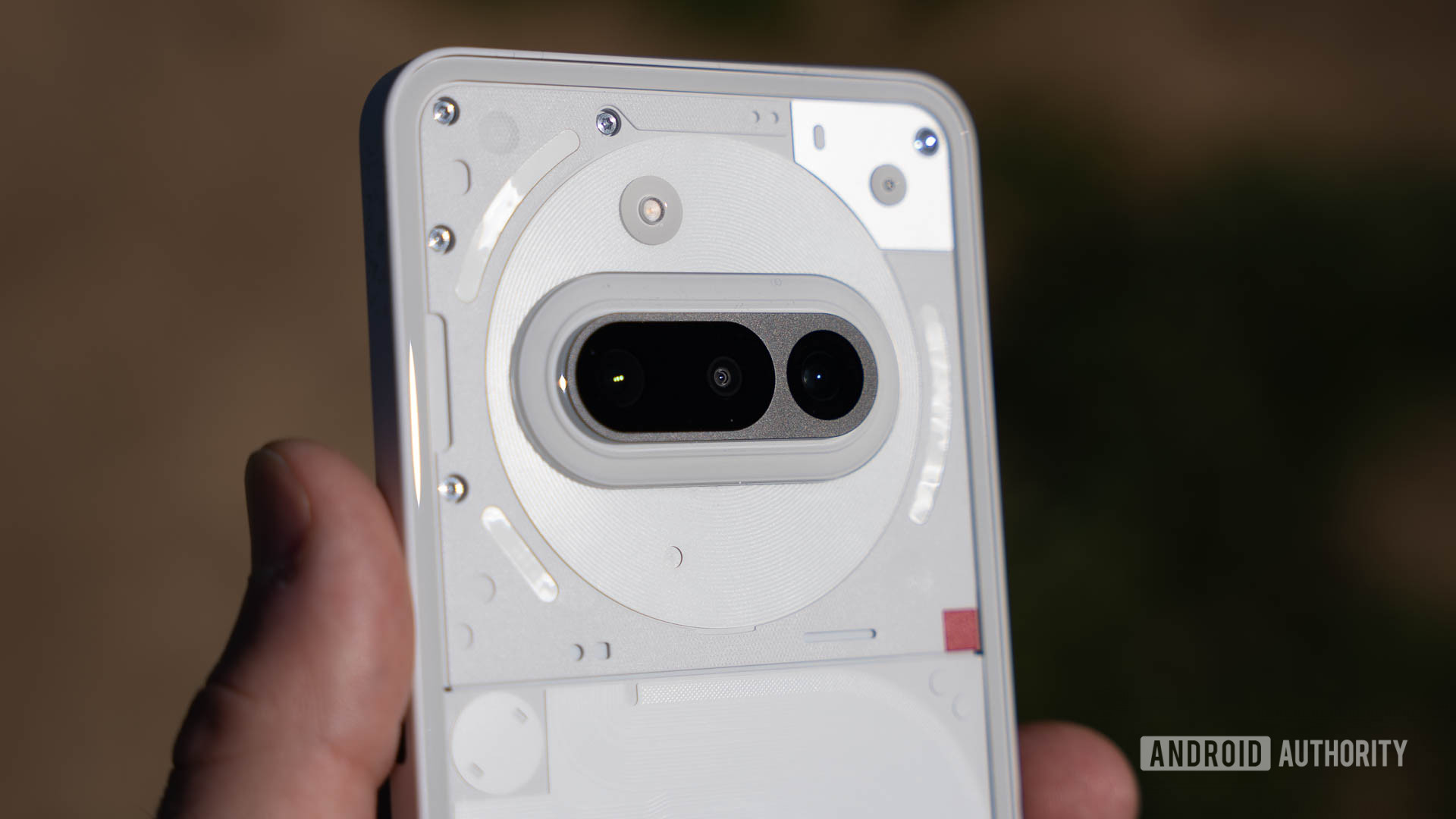Keeping Your Ride Legal and Running
Stay road-ready with legal tips, teen driving laws, and maintenance checklists to keep your vehicle safe, compliant, and running smoothly.

A vehicle that’s both legally compliant and mechanically healthy gives you safer, smoother, and worry-free driving.
Understanding the laws, handling paperwork, and staying on top of maintenance keeps your car from becoming a liability.
Understanding Vehicle Legal Requirements
Registration and Insurance Compliance
Driving without proper registration and insurance increases your chances of legal trouble and financial risk. California law requires annual registration and a minimum liability insurance of $15,000 per person injured, $30,000 for multiple injuries, and $5,000 for property damage.
Smog Checks and Inspection Standards
Most California vehicles older than eight model years require biennial smog inspections. If your car fails a smog check, registration renewal is denied until it passes.
Required Documentation in the Car
Always keep your driver’s license, registration, and insurance card in the vehicle. Failing to show these during a stop can result in citations or towing.
Staying Legally Compliant as a Driver
How Points Affect Your Driving Record
Every violation in California adds points to your record, which can lead to suspension. For example, reckless driving and DUI result in two points, while speeding or failure to stop add one.
Consequences of Driving Infractions
Receiving four points in 12 months may cause a six-month license suspension. A suspended license means increased insurance costs and additional fees for reinstatement.
Driving Laws for Teenagers in California
Graduated Licensing for Teen Drivers
The California Teenage Driving Laws follow a strict phased system to build safe driving habits. A 15½-year-old must complete driver education and 50 hours of supervised driving to qualify for a provisional license at 16.
Teenage Driving Restrictions
Provisional drivers cannot drive between 11 PM and 5 AM or transport passengers under 20 without a licensed adult. These restrictions remain until the driver turns 18 or gains 12 months of clean driving experience.
Mastering Essential Vehicle Maintenance
Why Routine Maintenance Matters
Regular servicing extends vehicle life and reduces the chances of major repairs. It also ensures better gas mileage, engine health, and braking performance.
Maintenance Checklist Every Driver Needs
Use this basic list every 3,000 to 6,000 miles:
-
Change oil and oil filter
-
Rotate and inspect tires
-
Refill brake, transmission, and coolant fluids
-
Inspect battery terminals
-
Replace air and cabin filters
The Engine is Your Vehicle’s Heart
Importance of Oil in Engine Function
Oil lubricates engine parts, prevents overheating, and carries away debris. Driving with dirty or low oil levels leads to engine damage and expensive repairs.
Cost and Frequency of Oil Changes
Oil changes are due every 3,000 to 10,000 miles depending on oil type and vehicle use. The Valvoline Oil Change Price ranges from $39.99 for conventional oil to $79.99 for full synthetic, including filter and fluid checks.
Brake and Tire Maintenance for Safety
When to Replace Brake Pads
Brake pads need replacing when worn below 3mm or when you hear squealing. Delayed replacement damages rotors and increases stopping distance.
Tire Tread and Pressure Guidelines
Tires should have at least 2/32" of tread and the correct PSI listed inside the driver door. Check both monthly to prevent blowouts and ensure proper traction.
Protecting the Car’s Electrical System
How to Maintain the Battery
Test the battery every 12 months, especially in hot or cold weather. Corroded terminals or dim headlights signal low battery health.
Dashboard Lights That Matter
Check engine, oil pressure, and battery lights must never be ignored. These warnings indicate urgent issues that can escalate quickly.
Fluids That Keep Everything Running
Types of Fluids to Monitor
Your car needs brake fluid, coolant, transmission fluid, and power steering fluid. Low or dirty fluids lead to shifting problems, overheating, or braking failures.
Top-Off and Replacement Timing
Most fluids should be checked monthly and changed every 30,000 to 60,000 miles. Always refer to your vehicle manual for exact schedules.
Small Parts That Deserve Big Attention
Wiper Blades and Visibility
Replace wipers every 6 to 12 months or when streaks appear. Clear vision in rain or snow is crucial for safe driving.
Filters and Fuel Efficiency
A clean air filter improves engine performance and saves fuel. Change engine and cabin filters every 15,000 to 30,000 miles based on driving conditions.
Being Prepared for Emergencies
Emergency Kit Essentials
Equip your trunk with these basics:
-
Jumper cables
-
Flashlight and batteries
-
First-aid kit
-
Portable tire inflator
-
Reflective triangles
Steps to Take During a Breakdown
Pull over safely, turn on hazard lights, and stay inside until help arrives. Use warning triangles to alert other drivers and avoid standing near traffic.
Why All This Matters
Safety, Savings, and Simplicity
Keeping your ride legal prevents fines, suspensions, and towing. Regular maintenance reduces emergency repairs and gives you better resale value.
Long-Term Peace of Mind
Drivers who follow laws and service schedules enjoy fewer surprises and lower costs over time. It’s the smartest way to protect both your car and your wallet.
Conclusion
Keeping your car both legal and mechanically reliable isn't just about avoiding fines or breakdowns—it's about creating a safer driving experience every day. From understanding registration rules and insurance coverage to staying informed about driving laws like those for teens, being compliant on the road reflects responsible ownership.
Regular maintenance is equally essential for long-term vehicle health and personal safety. Simple habits like checking oil levels, inspecting brakes, and preparing for emergencies reduce stress and repair costs while keeping your ride dependable year-round.
What's Your Reaction?
 Like
0
Like
0
 Dislike
0
Dislike
0
 Love
0
Love
0
 Funny
0
Funny
0
 Angry
0
Angry
0
 Sad
0
Sad
0
 Wow
0
Wow
0

















































